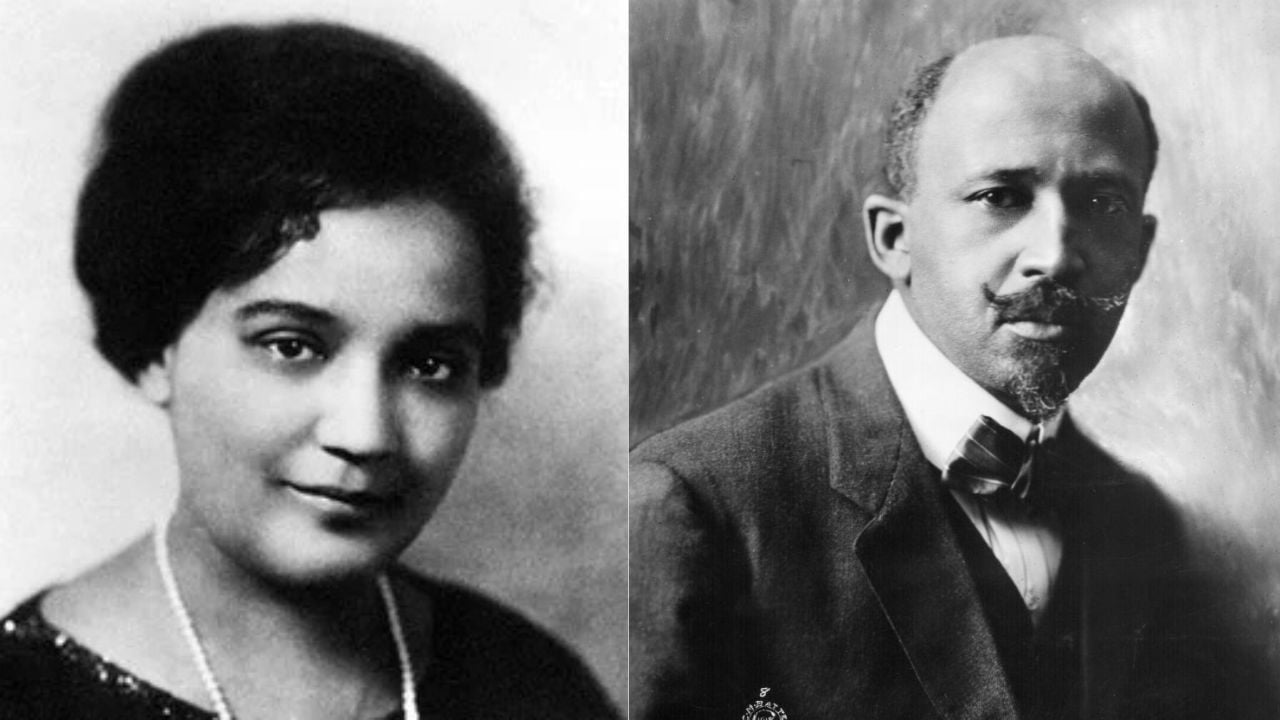Imagine stepping into 1920s Harlem — the streets bursting at the seams with the vibrant energy of Black brilliance set to a boisterous jazzy soundtrack provided by legends like Duke Ellington and Louis Armstrong. Nightclubs like the Cotton Club or the Savoy Ballroom are venues for Black creativity, joy, and fashion at its finest. Among the folks hustling and bustling are greats like Langston Hughes and Zora Neal Hurston, caught somewhere between integral literary figures and just folks trying to make it to the next day, blissfully unaware of how impactful their words and stories will become.
This is the world to which the new novel “Harlem Rhapsody” (Penguin Random House), the first solo work of historical fiction by celebrated author Victoria Christopher Murray, transports its readers.
The book, out Tuesday, is a fictionalization of the lives of many of the Harlem Renaissance’s key figures, including Hughes, Countee Cullen, W.E.B. Du Bois, and the woman credited as the whole movement’s “midwife” Jessie Fauset.
“She was the person who ignited the Harlem Renaissance,” Murray told theGrio during an interview ahead of the book’s release, adding that when she discovered this about Fauset, it was “crazy” to her as a fellow writer.
“Of course, I know Langston Hughes, of course, I know Countee Cullen, of course I know Gwendolyn Bennett,” she continued. “But I didn’t know the woman who discovered all of them. Who edited them, mentored them, and published them before anyone else.”
Murray’s book brings Fauset out of obscurity and thrusts her into the spotlight as the main character of her own story.
Fauset, born to a minister father, grew up in New Jersey and Philadelphia. After her mother died, her father remarried a Jewish woman who had a huge hand in raising and educating her. She did extremely well in school and eventually became one of the first Black women to graduate from Cornell University.
She…
Read the full article here



